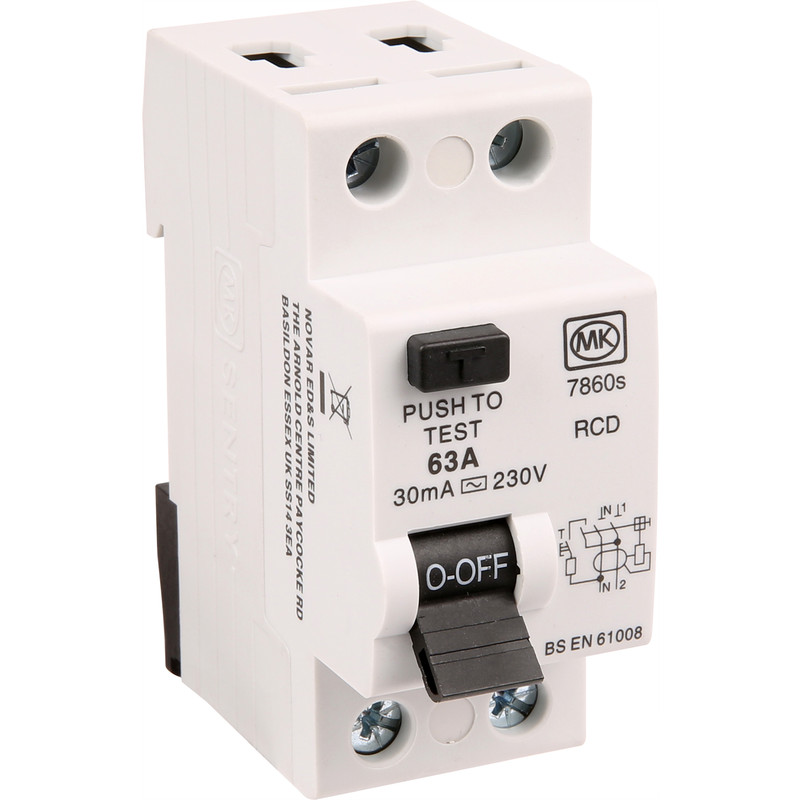romex jockey
Senior Member
- Location
- Vermont
- Occupation
- electrician
In the US. It passes via soil (local electrode to pole ground rod) and via the neural conductor straight to centertap. How about in Europe. Is there country there that passes soil to soil (or TT only)? In the Philippines, since we don't use local ground rod and no ground wire to centertap. It's concrete to soil to utility pole. I wonder if this has relation to manner of death by electrocution. In the US, is electrocution mostly occur at home or outside. In our country. Even though our appliances don't have EGC. Electrocution doesn't occur from it but mostly from direct contact to live wire, either from dangling wire or defective wires. For example.
Only I have GFCI. All of them doesn't know what it does.
[/FONT][/COLOR][/LEFT]
Lot's of Q's & i'm probably not qualified to answer most tersh.
What i can say is, it's easy to equate your 240V , with small xformer to 120V with a lot of hot tub installs we do (if it helps)
Some are close to your description , straight 240, create 120V via internal xformer, all downstream of a 40-50A 2P gfci ....groundING conductor, no noodle.
Know that the NEC likes a LOT of grounding proximal to gfci's , how this flys in a TT system i do not know. There are some who have pointed out the Netherlands , not sure if it serves as example to the Philippen system, but what i do know is most torriods are set to milliamps , which easily can escape despite the worst of return paths...
~RJ~














